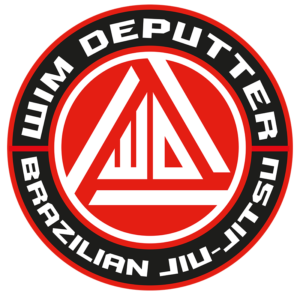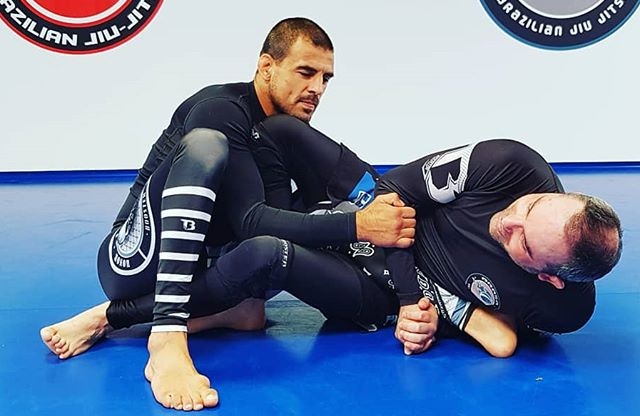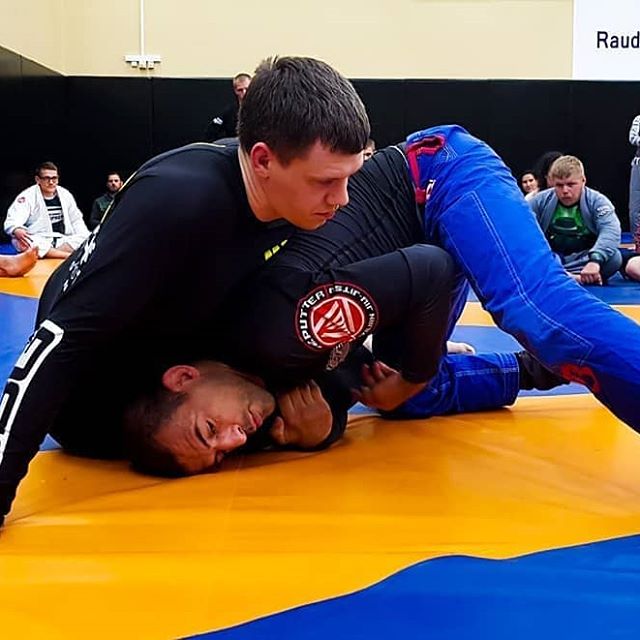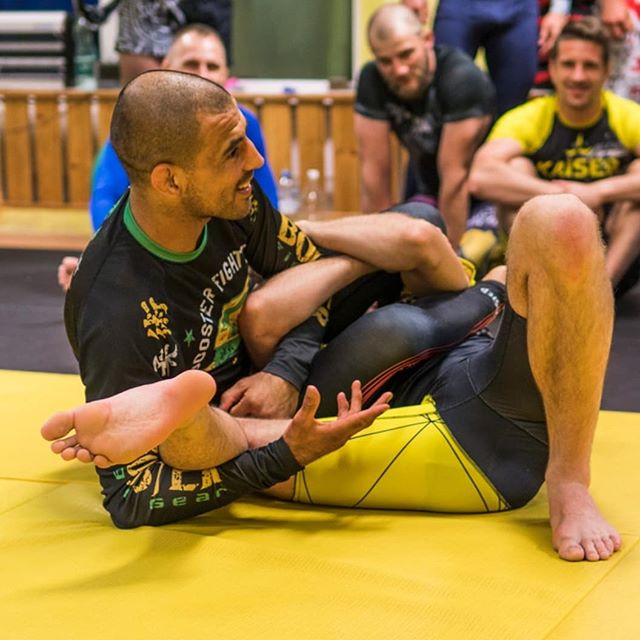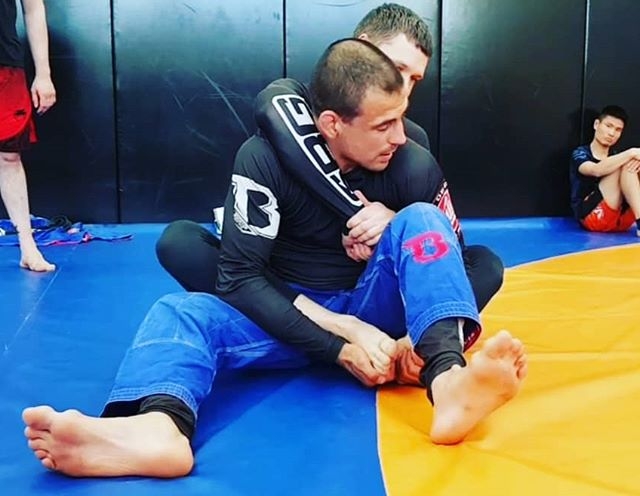The King’s Gambit – Baiting The Triangle
Chess and BJJ’s most “aggressive” opening
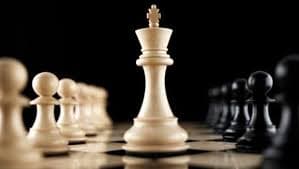
Do you want to see Wim Deputter’s way to defend the triangle choke and use it to pass the guard in action and explained? Click here!
“A gambit in chess is a move where you sacrifice material in order to gain structural, positional or other advantage”
In Brazilian Jiu Jitsu we have “gambits” as well.
If your defense is well, you can bait your opponent with a submission and use his or her eagerness to your advantage.
My favorite BJJ gambit, the core of my game, and the one I have practically made my “career” on, is baiting the Triangle.
If the Footlock is the sneaky Thief, the Armlock Queen and The Choke King, we can consider baiting the Triangle “The King’s Gambit” of Brazilian Jiu Jitsu”.
Gambit’s can played if you know the position, structure and possibilities well. If you have a system to answer the different reactions the opponent might throw at you.
And all of this has to rest on a solid, systematic defense in case you make a mistake in your system.
For years I have understood the top part of the triangle better than the bottom. My Triangle Choke Defense was better than my choke itself.
I always found it easier to beat the triangle than to finish it. Something was missing on bottom, something didn’t make sense.
I have been willing to make an instructional on this topic for a long time. But to bring something out, you have to understand all aspects to it. One important ‘piece of the puzzle’ was missing on the bottom triangle.
Until today. Today I discovered something new. Something not generally known and used.
I will start filming the next installement of The Mirroring Principle “The King’s Gambit” this week.
And where there is a King there is a “Queen’s Gambit” in the future as well.
“The Thief’s Gambit” is, for now, still a work in progress 😀
Check out the link in bio for an example of “The King’s Gambit” in action.
In the mean time, here you can see an example of The King’s Gambit in action on competition and a basic intro.
